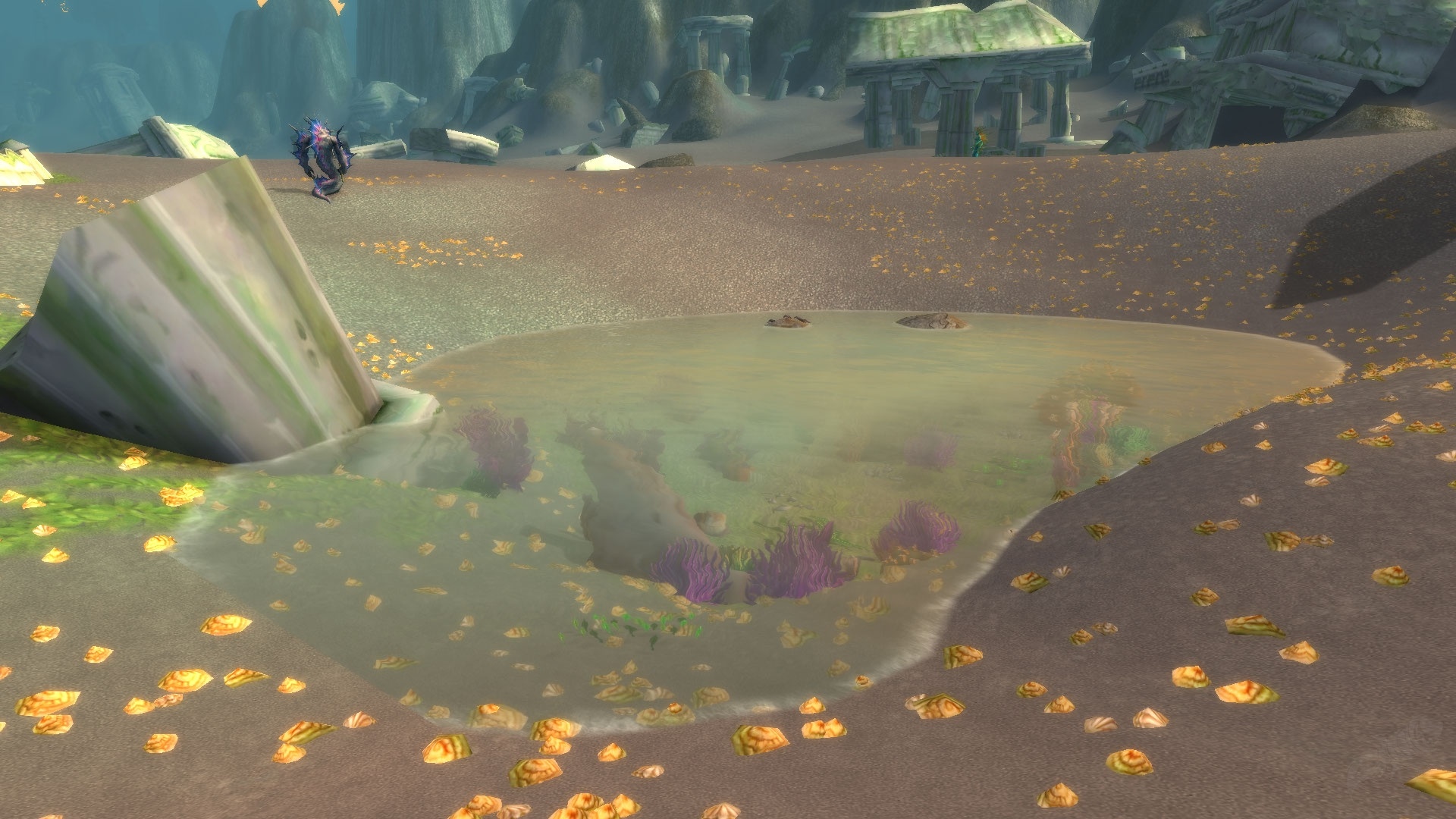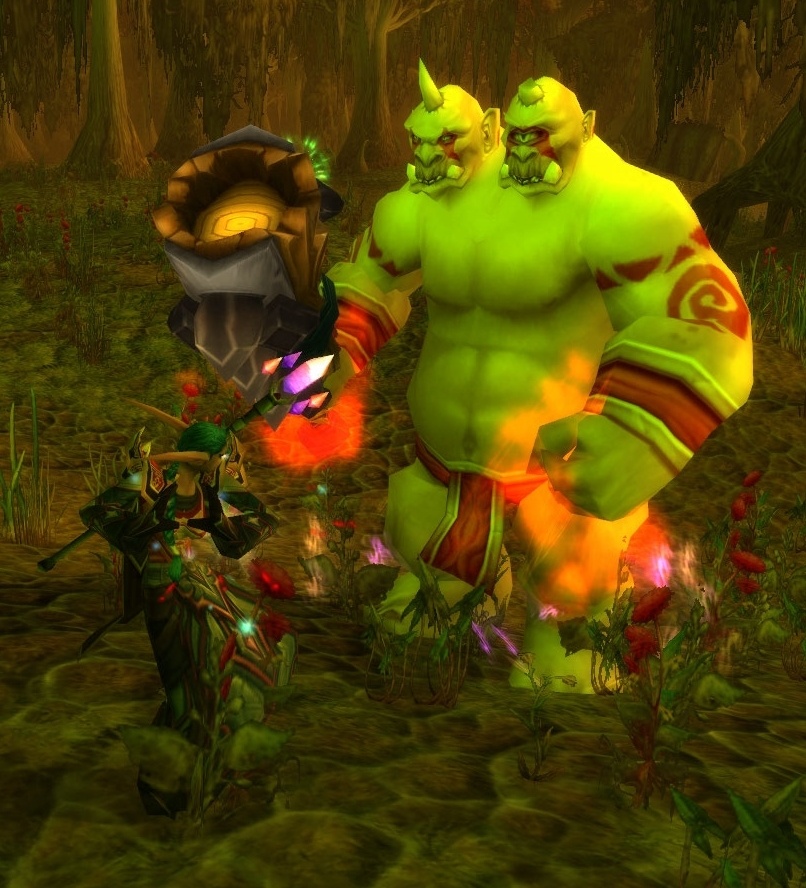
alterniflora had the lowest corrected standard ellipse areas in the δ ¹³ C vs. salsa habitat than in the seagrass habitat, followed by the S. The consumer trophic position was higher in the S. Carbon sources and consumers became more ¹³ C-enriched and ¹⁵ N-enriched along the gradient, respectively. δ ¹³ C and δ ¹⁵ N of the carbon sources and consumers differed significantly among the four habitats. We quantified δ ¹³ C and δ ¹⁵ N of carbon sources (detritus, primary producers) and consumers (zooplankton, macroinvertebrates, fish). Here, we investigated the empirically resolved food web structure and trophic diversity across four vegetated habitats ( Phragmites australis, Suaeda salsa, Spartina alterniflora, and Zostera japonica seagrass) along a gradient from upland to near-shore waters in the Yellow River Delta wetland. However, it’s unclear how the trophic diversity of communities and trophic structure of food webs change along the gradient. Land–sea interactions in coastal wetlands create heterogeneous vegetated habitats with regular zonation along a topographic gradient. Further investigation into the influence that wave action has on associated pool biota (i.e., dislodgment or deposition of species) could give additional insight into the role of the biotic community in the regulation of amphipod populations within intertidal rock pools In addition, we recorded the presence of the invasive Ampithoe valida for the first time on rocky shores of Portugal. We showed that the amphipod rockpool community displayed a clear positive response of biodiversity and abundance to the extrinsic factor wave action, and a varied and complex response to within-rockpool biotic variables.


The percentage and composition of coverage and physical features of the rock pools had no significant effect on amphipod abundance and diversity. Wave exposure significantly influenced amphipod abundance and diversity, and some substrata and biodiversity features of the pool were important in explaining the amphipod abundance. We applied multivariate analysis to evaluate the potential impact of wave action (sheltered versus wave exposed shores), physical pool structure (length, width, and depth), and relationships within the pool community on the abundance and diversity of amphipods. A total of 32 intertidal rock pools on four Portuguese shores were studied during the summer spring tide of 2015. We aimed to examine the importance of the large-scale wave action variation and meso-scale shore variation on the abundance and diversity of rockpool amphipods. However, the environmental factors driving their rockpool occupation remain largely unknown. Amphipods play an important role in intertidal rock pool ecosystems, as food resources for higher trophic levels and sometimes by enriching nutrients through grazing. Intertidal rock pools are considered critical habitats along coastal shores. This study shows, for the first time that they can be useful models for the understanding of universal processes that regulate the complex network organization of food webs, which are harder or impossible to investigate in larger, open ecosystems, due to high costs and logistical difficulties.

As small, self-contained habitats, intertidal rock pools are particularly tractable systems and therefore a large number of food webs can be examined with relatively low sampling effort. By using a large-scale sampling effort covering 116 intertidal rock pools in several biogeographic regions, this study showed, for the first time, that intertidal rock pools encompass food webs that share fundamental organizational characteristics with food webs from markedly different, larger, open and abiotically stable ecosystems. The niche model predictive success was remarkably high (73–88%) and similar to that previously found for much larger marine and terrestrial food webs. The intertidal rock pool food webs analysed presented properties that were in the same range as the previously published food webs. The network properties of these food webs were compared to that of estuaries, lakes and rivers, as well as marine and terrestrial ecosystems (46 previously published complex food webs). Highly resolved food webs were compiled for 116 intertidal rock pools from cold, temperate, subtropical and tropical regions, to ensure a wide representation of environmental variability.

This study aimed to analyse their food web networks to investigate their potential as proxies of larger ecosystems for food web networks research. Intertidal rock pool environments harbour particularly high biodiversity over small areas. This way, it is crucial to find smaller systems that can be used as proxy food webs. Understanding the fundamental laws that govern complex food web networks over large ecosystems presents high costs and oftentimes unsurmountable logistical challenges.


 0 kommentar(er)
0 kommentar(er)
